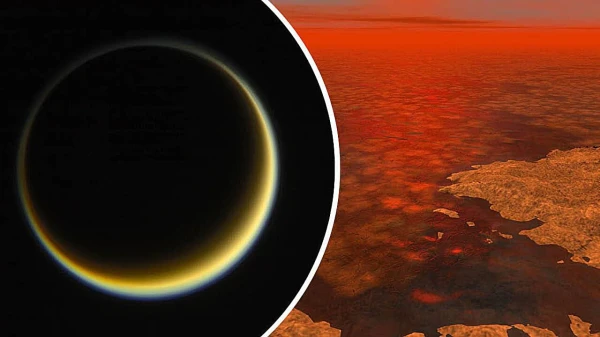
It is the only world in the Solar System, besides Earth, where there are seas and lakes.
Saturn's icy moon Titan is the only body in the Solar System, besides Earth, where there are seas and lakes on the surface. However, they are filled not with water, but with liquid methane, which, in the conditions of a cryogenic environment and dense atmosphere, circulates just like water on Earth. Previously, the formation of methane clouds was recorded in the northern hemisphere of the moon, from which hydrocarbon (methane and ethane) rains occasionally fall.
In the thick orange haze of Titan, where temperatures drop to minus 180 degrees Celsius, impossible chemical reactions by Earth standards occur: a hydrogen cyanide (HCN) molecule, born in the atmosphere from nitrogen, methane, and ethane, could form crystals that combine substances of opposite nature.
Of particular interest to scientists is hydrogen cyanide (HCN) — a polar molecule that forms in the upper layers of Titan's cold atmosphere. It triggers a chain of reactions leading to the formation of amino acids and other components necessary for the existence of primitive forms of life.
Moreover, it is associated with so-called tholins — extraterrestrial organic substances that are also observed on Neptune's moon Triton, comets, and the dwarf planet Sedna. Results from previous studies modeling the formation of mists on Titan have shown that tholins can alter their structure and chemical composition under the influence of liquid methane at extremely low temperatures.
According to scientists, the complex organic molecules observed in the atmosphere of Saturn's moon Titan may connect to form structures resembling intracellular organelles — vesicles. Furthermore, these structures could become even more complex and form nothing less than protocells.
Titan is the only world in the Solar System, besides Earth, where there are seas and lakes, with liquid methane playing the role of water. It is worth noting that the surface of this Saturnian moon is dominated by a cryogenic environment: the temperature there is about minus 180 degrees Celsius. In these conditions, in the very dense atmosphere of the moon, the methane cycle occurs just as the water cycle does in nature on Earth: methane clouds form over the seas, from which strong methane rains occasionally fall.
At the same time, solar radiation in the upper layers of the moon's atmosphere bombards methane and nitrogen molecules, which make up about 98 percent of the air's content. These molecules break down, ionize, and reform into others. As a result, benzene and other complex hydrocarbons arise, and eventually, the so-called tholins are formed — extraterrestrial organic substances that are also observed, for example, on Neptune's moon Triton, the dwarf planet Sedna, as well as on comets and even in the protoplanetary disk around the binary star HR 4796 in the constellation Centaurus.
However, as recently established by scientists from Germany and the USA, this is not the peak of all possible transformations on Titan. In a recent article for the International Journal of Astrobiology, specialists reported what should happen next according to their calculations. The researchers write that some organic compounds on Titan are amphiphiles: one end of such a molecule avoids the surrounding liquid, in this case, liquid methane, while the other, on the contrary, seeks it.
As astrobiologists explained, due to this "duality," such molecules are most comfortable clinging to the surface of the seas and other "water bodies" in a thin layer. Thus, they simultaneously solve both problems: their "methane-phobic" ends are raised like floats, while the "methane-philic" ends are directed downwards and are in the liquid.
When it rains methane on Titan, the impacts of heavy droplets toss liquid droplets along with "dual" organic molecules above the sea. Then, in each tossed droplet, they immediately form a spherical shell with the same goal — to hide some parts and expose others. Subsequently, these spherical structures fall back into the sea, and the surrounding amphiphiles cover them with an additional, already second layer.

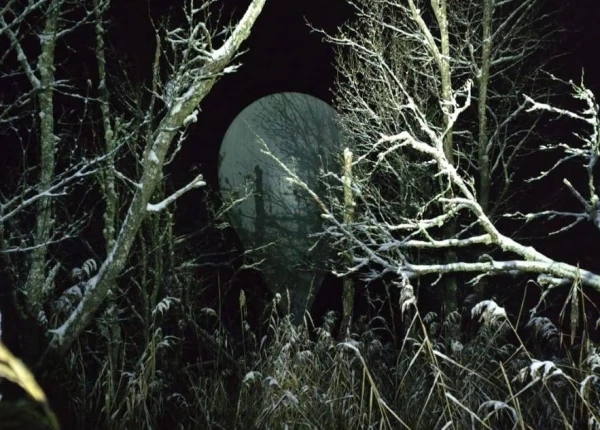
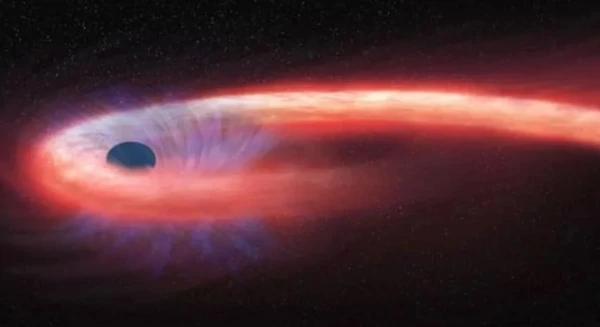
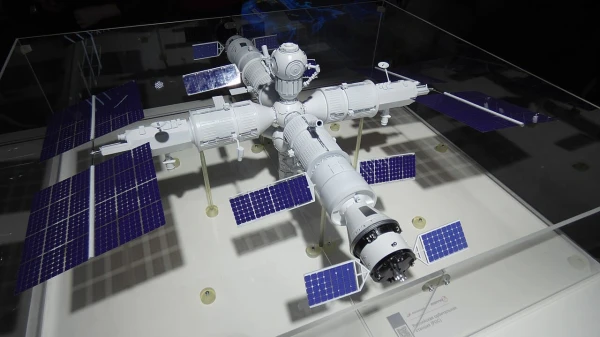
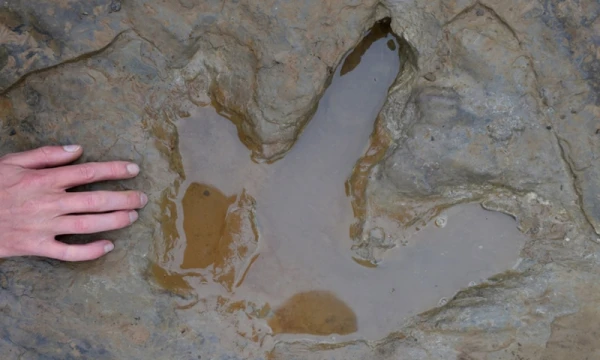

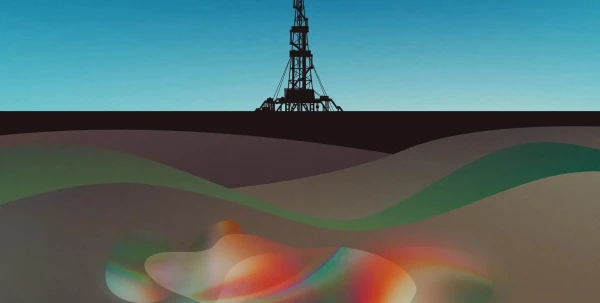


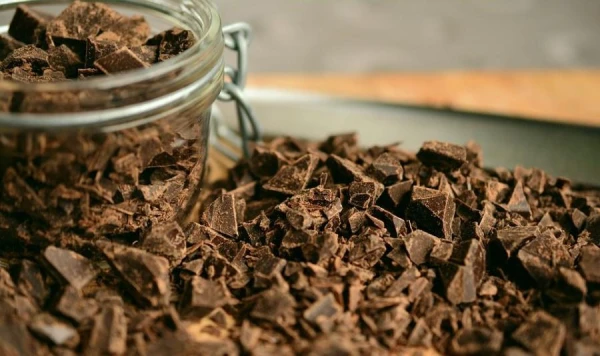





Leave a comment